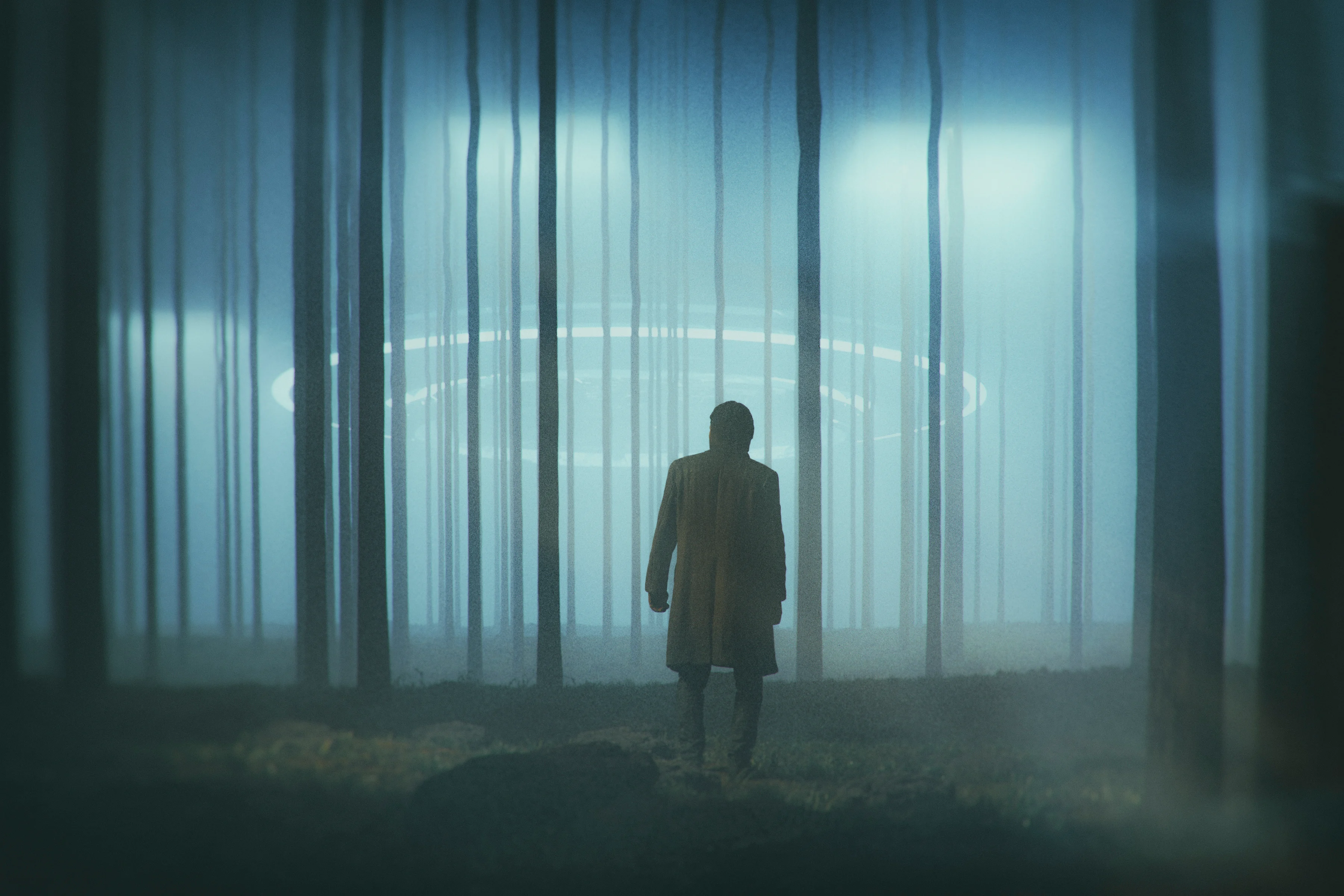Unveiling the Enigma: Exploring the World of Paranormal Activities

Unveiling the Enigma: Exploring the World of Paranormal Activities
Introduction: Paranormal activities have long captivated human imagination, blurring the lines between the known and the unknown. From ghostly apparitions to unexplained phenomena, the realm of the paranormal invites curiosity and intrigue. In this article, we embark on a journey to unravel the mysteries of the supernatural, delving into the history, science, and cultural significance of paranormal activities.
The Historical Context: Throughout history, stories of paranormal occurrences have been woven into the fabric of human culture. Ancient civilizations believed in spirits, gods, and otherworldly entities, attributing natural phenomena to supernatural forces. Myths, legends, and religious texts abound with tales of ghostly encounters, demonic possessions, and mystical experiences. From the whisperings of the Oracle at Delphi to the haunted castles of medieval Europe, the fascination with the paranormal has endured across time and cultures.
Scientific Perspectives: Despite centuries of anecdotal evidence, the scientific community remains skeptical about the existence of paranormal phenomena. The principles of physics, biology, and psychology provide rational explanations for many purported supernatural events. Skeptics argue that phenomena such as ghosts, UFOs, and psychic abilities are products of imagination, suggestion, or misinterpretation of natural occurrences. However, some scientists acknowledge the possibility of unexplained phenomena that defy current scientific understanding, prompting ongoing research and investigation.
Types of Paranormal Activities: Paranormal activities encompass a wide range of experiences, each with its own unique characteristics and cultural significance. Ghost sightings, for example, are among the most common paranormal phenomena reported worldwide. Haunted houses, cemeteries, and other purportedly supernatural locations attract thrill-seekers and paranormal investigators in search of evidence of life beyond the grave. Other paranormal phenomena include UFO sightings, alien abductions, telekinesis, and extrasensory perception (ESP), each sparking debate and speculation among believers and skeptics alike.
Exploring the Unexplained: Despite scientific skepticism, there are countless accounts of paranormal experiences that defy easy explanation. Witnesses describe encounters with strange lights in the sky, inexplicable sounds, and objects moving seemingly of their own accord. Psychic mediums claim to communicate with the spirits of the dead, offering messages of comfort and closure to the bereaved. While skeptics dismiss such claims as hoaxes or delusions, believers find solace in the possibility of life after death and the existence of unseen forces beyond the material world.
Cultural and Psychological Factors: The perception of paranormal activities is influenced by cultural beliefs, religious traditions, and individual psychology. Believers often seek validation for their experiences in the teachings of their faith or the stories passed down through generations. Skeptics, on the other hand, approach paranormal claims with a critical eye, scrutinizing evidence and demanding scientific proof. The debate between believers and skeptics reflects broader questions about the nature of reality, consciousness, and the limits of human knowledge.
Conclusion: In the enigmatic realm of paranormal activities, truth is often elusive and perception is subjective. While science offers rational explanations for many purported supernatural phenomena, the allure of the unknown continues to captivate our imagination. Whether viewed as a source of wonder or skepticism, the world of the paranormal reminds us of the mysteries that lie beyond the boundaries of our understanding. As we navigate the realms of science and spirituality, we are left to ponder the eternal question: what lies beyond the veil of the unknown?
- Arts
- Business
- Computers
- Spiele
- Health
- Startseite
- Kids and Teens
- Geld
- News
- Recreation
- Reference
- Regional
- Science
- Shopping
- Society
- Sports
- Бизнес
- Деньги
- Дом
- Досуг
- Здоровье
- Игры
- Искусство
- Источники информации
- Компьютеры
- Наука
- Новости и СМИ
- Общество
- Покупки
- Спорт
- Страны и регионы
- World


